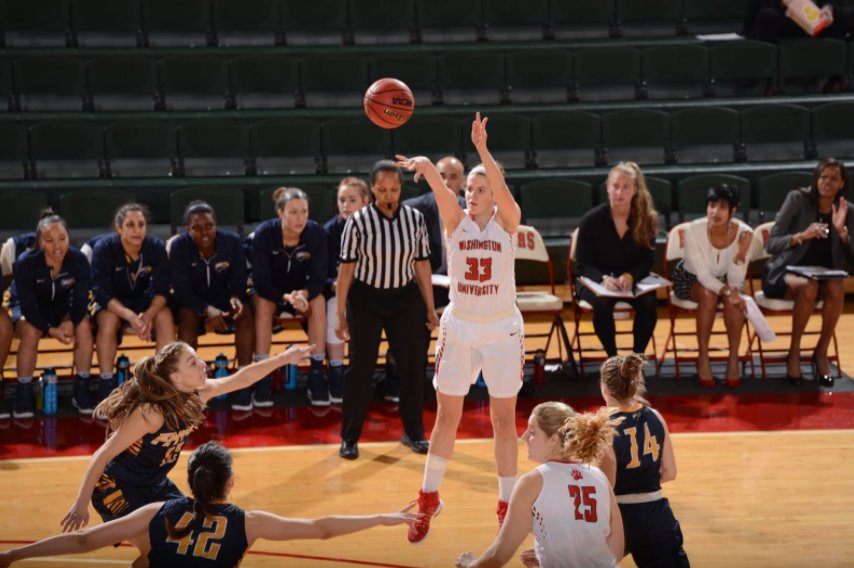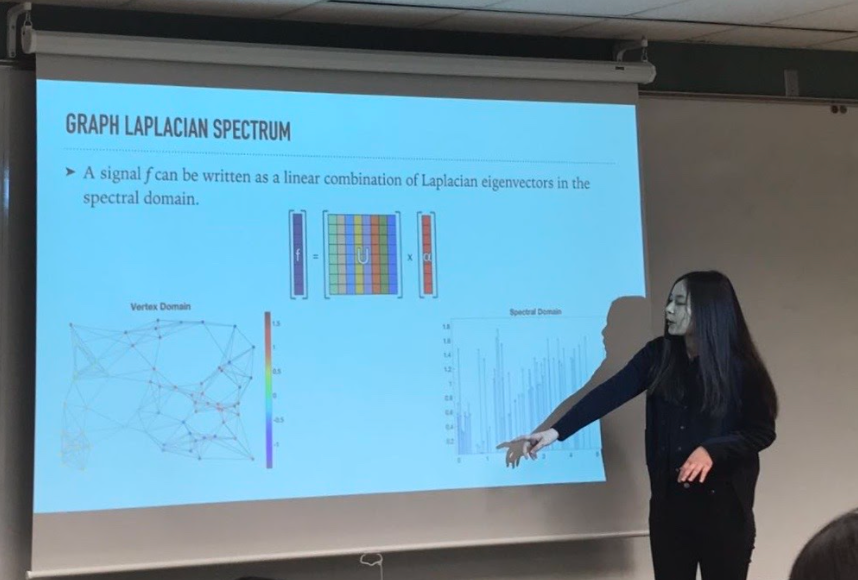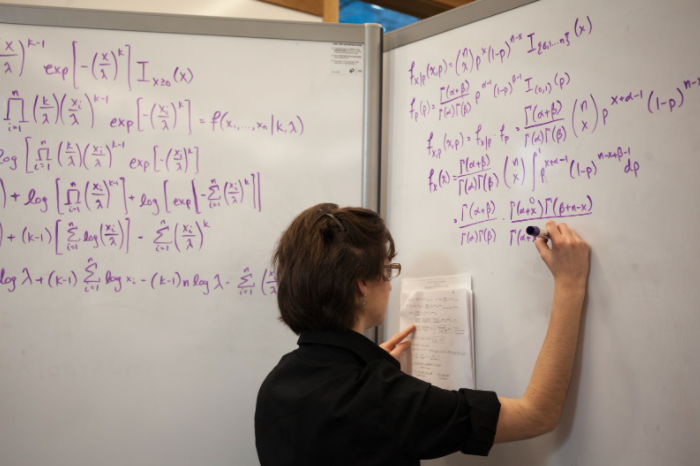Statistics 2020 Graduate Students
150W: Women of the Berkeley Statistics PhD Program
In celebration of 150 years of women at UC Berkeley, we asked some of the current women pursuing a Statistics PhD at Berkeley to share with us what they love about statistics and their hopes for the future. These women are conducting impactful research in a wide range of areas, including biostatistics, causal inference and theoretical statistics. In addition to their top tier research, they serve on different Statistics Graduate Student Association committees and help create the Statistics department’s wonderful community. We strongly value and appreciate the strength of the women in our department and look forward each year to more women joining us.
Tell us a little about yourself.
Miyabi Ishihara (MI): I’m Miyabi Ishihara, a fourth year PhD student in statistics. I do research in causal inference, remote sensing, and spatial analysis and use them to study natural disasters and their impact on the economy. I like making t-shirt designs featuring cats doing statistics.
Emily Flanagan (EF): This is my first year at Berkeley! Previously, I majored in statistics and pure math at the University of Washington. I'm not sure what I will be researching yet. I tend to find most things interesting once you start looking into them, but lately I have been most intrigued by causal inference, and working with real, messy data to solve real problems. In my free time, I like puzzle games, and reading short stories.

University in St Louis.
Zoe Vernon (ZV): I'm a fourth year PhD student in statistics. My research is in developing methodology for genomics data. My first project, which I am in the process of wrapping up, involved creating a new statistic to measure the dependency between gene expression profiles. The statistic is specifically designed to assist in the discovery of novel treatments for diseases. In my free time you can probably find me at the RSF playing some sport, and I help coach a high school girls basketball team, which is very fun. I also love to bake!
Huong Vu (HV): My name is Huong Vu. I am an immigrant from Vietnam. I am a first-year PhD student in the Statistics department. I graduated from UC Davis in 2018 and majored in Mathematical Analytics and Operations Research. I like gardening and DIY ideas.
Tiffany Tang (TT): I'm a third year PhD student in statistics. My research interests are primarily problem-driven and lie broadly at the intersection of applied statistics/data science and medicine.
Shuni Li (SL): I'm Shuni, a 3rd year PhD student in the Statistics department. I'm broadly interested in statistical machine learning (ML) and optimizations with applications in computational biology. Currently, I'm working with Haiyan Huang on modeling heteropolymer sequences. We combine traditional statistical approaches and state-of-art machine learning techniques to help the design of a novel polymer material that mimics protein behaviors.
Corrine Elliott (CE): I am a second-year doctoral student in statistics. Prior to entering UC Berkeley, I studied mathematics, statistics, chemistry, and computer science at the University of Kentucky, and then spent a year working as a statistical consultant in the design of clinical trials. My past research includes predicting the performance of organic components in lithium-ion batteries; analyzing protein structural sequences; and characterizing an algorithm for semi-automatic design and validation of statistical models. My interests lie broadly in the use of computational and applied statistics to support research in the natural sciences, particularly medicine. Outside of academia, I am an avid swing dancer, connoisseur of coffee, and neophyte cook.
How did you first get interested in statistics?
EF: I got interested in statistics after taking AP Statistics in high school. I loved the versatility of the subject. It felt like any problem could be translated and tackled using the language of statistics. My favorite part of the course was probably thinking about confounding variables and all the ways things could go wrong. I think this shift in mindset has stuck, and it encourages me to question and probe the world around me.
ZV: I first got interested in statistics through a research project as an undergrad. I was a math major and had done some math research, but happened upon a project that was more statistical and I really enjoyed it. After that I took a couple of statistics classes in undergrad and decided to apply to grad schools.
SL: I actually first became interested in machine learning when I was an undergrad. At that time, ML was a mysterious but powerful black box to me. As I was more exposed to the area, I found that statistics and optimization were the foundation to ML's power. That was when I decided to study statistics in grad school. To me personally, statistics has the charm of rigorous mathematical reasoning, which I have always been passionate about, and the super-power of solving complex real-life problems.

Why do you love studying statistics?
EF: I love how it can be used anywhere. I love how we can translate seemingly crazy, messy, nasty data into meaningful patterns, even if it's not the pattern we wanted to see!
MI: I think that it is important to be intentional about the world we live in and engage in society in our own ways. Being an applied statistician lets me be an active member of society by giving people more tools to solve the problems they are most interested in. I was inspired by my master’s advisor to view statistics in this way, in relation to the world.
I hope that the statistics community can extend access to truly nourishing learning and research environments, so that more people can cultivate their statistical talents to make their original contribution to solve pressing issues that we face on this planet.
HV: I love studying statistics because in statistics, every number has a story to tell. For statisticians, the goal is not only producing a high-accuracy model, but also being able to explain the model in a meaningful way.
ZV: I love working with real data and making cool, informative figures.
TT: I really enjoy meeting and working with scientists, doctors, and experts from other domains to make sense out of the data. It's exciting to be able to learn a fairly general set of statistical tools that can be applied to a wide variety of real-world problems.

CE: My regard for [applied] statistics lies in its being simultaneously a science and an art. Statistical theory shares the beauty and logic of pure Mathematics, but to reap actionable knowledge about the natural world, we must interpret the results with creativity and an appreciation for the domain of application. Even well-established statistical methods can gain new life by their administration to new research questions, rendering our discipline a source of eternal fascination and potential for insight.
What’s one of your proudest accomplishments?
EF: My proudest accomplishment would be starting the Statistics Directed Reading Program at UW with Anna Neufeld. I am very passionate about connecting everyone, regardless of background, with statistics since I believe it is a tool that can be used to empower people. This program connects up a grad student in statistics with an undergraduate student to embark on a small reading project about an advanced topic in statistics. One student built an R package that went viral on Twitter, so much that their hosting site crashed! That was super cool.
HV: Being at UC Berkeley and doing a PhD program is my proudest accomplishment personally and professionally. As an immigrant and a female in a STEM field, I hope that my accomplishments inspire others to keep pursuing their dream. I think my family is really proud of me and that makes me proud of myself.
What are some hopes you have for the future of women in statistics?
EF: My hope, I guess more generally, is that our strengths that come from being women are embraced and valued.
Women in STEM panel Emily Flanagan organized. She is pictured second row, second from the right.
HV: I would like to see more women not only in statistics, but other STEM majors as well. I hope that we would be stronger and believe in ourselves more.
TT: To be leaders not just in the field of statistics but also in our community through outreach.
SL: More encouragement and support for young girls interested in statistics and more representation in grad schools and the field in general. I hope that we can all stand together and ultimately bridge the gender gap in STEM fields.
~ Amanda Glazer